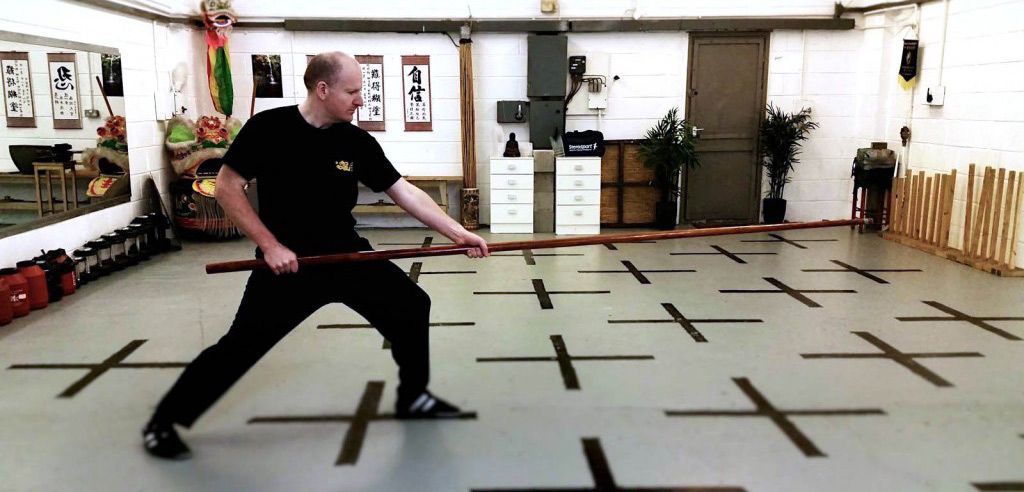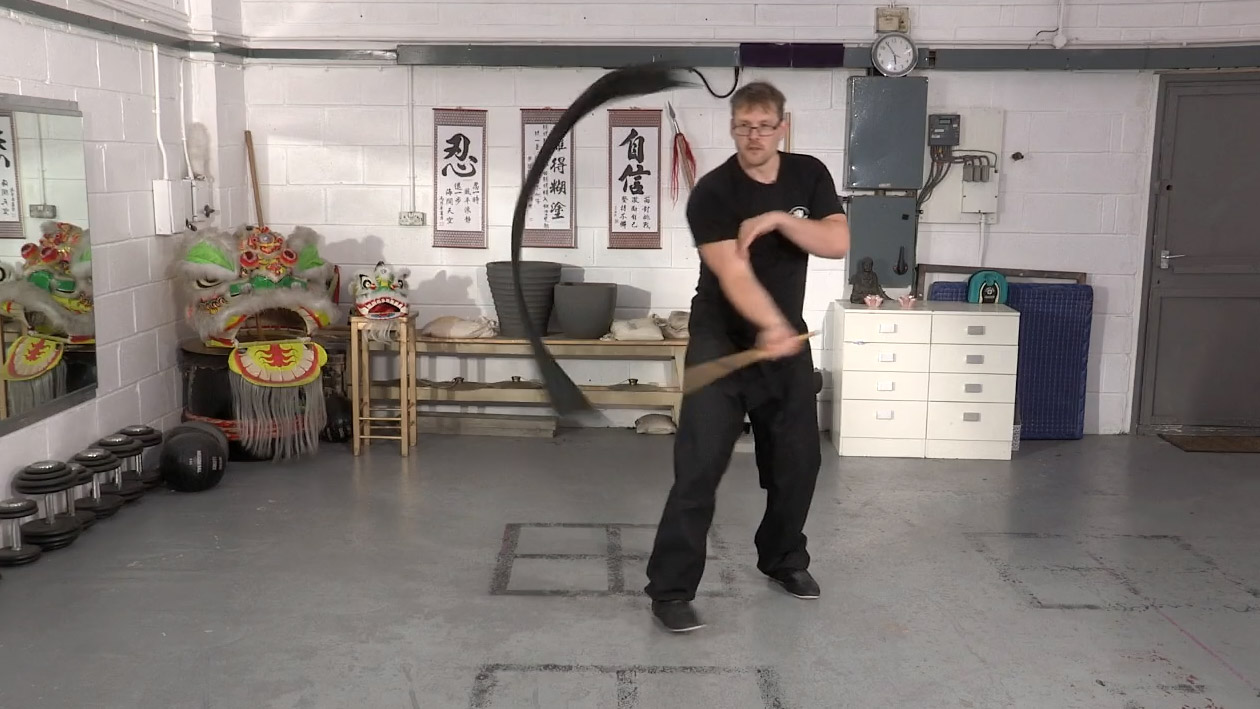What is Fa Jin?

If you are looking for a fajin training course see our Developing Jin course presented by Sifu Phillip Starr for an accessible and sytematic method for learning how to ‘fa jin‘ or ‘fa jing‘. What follows is a brief discussion about the nature of ‘jin’ itself.
In Chinese martial arts and their derivatives a great deal of time is spent developing jin (or ging in Cantonese). Jin is quite a simple concept but is often confused and mixed with esoteric aspects of training. Jin refers to a trained or developed power as opposed to a disparate or brutish untrained power which is referred to as ‘li’. When one transfers the trained power into another object this is FaJin or to ‘emit power’. For example; I have played golf once in my life and I can assure the reader that when swinging the club I resembled nothing more then a drunken Neanderthal with double vision trying to brain a sabre tooth tiger.
When I (finally) hit the ball I used lots of muscular strength but the power wasn’t smoothly transferred and the ball neither travelled far nor in the right direction. I was the epitome of Li. Compare this horrendous image to a pro golfer like Tiger Woods. He uses a relaxed swing using the whole body, the arc of the power hitting the ball in the right place at the right time in the right direction. He has ‘golf-Jin’. Of course a different sportsman will have a different Jins. A squash player needs a different developed power to a golfer. All of it is based on a relaxed body utilising good body mechanics and mental confidence/preparedness.
Of course Jins are then further subdivided as a fighter needs a range of different Jins for different situations – just as our squash player needs a different power for his serve and his backhand. Within an art these Jins must be mutually supporting and interlinked. A western boxer will use a very different whole body power for a jab and a hook, but if the jab utilised a jin which left the boxer in a position where he was unable to throw a hook (or vice versa) those powers would not fit together and his art (boxing) would be essentially two discrete skills. A seldom understood fact about Chinese martial arts is the ‘shape’ (or outer form of the body) should always be an expression of one or more of the arts Jins. Without the Jin one is doing an empty pose yet because our ‘way in’ is to copy the shape many often practice an empty shell for years. Mohammed Ali ended up in his shapes because the power he generated made them – copying those shapes won’t give you that power. It is important to note martial Fa Jin can only really be felt or observed when it hits a target.

Often you see kung fu “masters” demo fa jin into the air, every joint of there body shaking and it looks very impressive, but in fact they leaked power out of each joint and the final strike is often not very good (indeed some of them would break their wrists if they hit anything that way). In my experience true power usually ‘looks’ quite unimpressive but it drops you. It is effortless. An old Chinese Boxing adage is ‘The less happening on the outside the more happening on the inside.’
Different styles utilise different strategies to escape confrontation unharmed therefore they will need to utilise different Jins. For example, close-in striking styles like Southern Mantis and Wing Chun minimise the use of waist turning when striking. This is because if the strike goes off target (is blocked, slipped etc) the line up of the body is now less capable of defending a counterblow from close in. An extended style like Ba Gua Zhang or Tan Tui which goes through a ‘full’ range of combative motion will use much more waist turning.
Jin can be categorised by the body action used to generate it. There are two fundamental (whole) body actions that can be used – utilising the spine horizontally (‘gyroscopically’) and vertically (concave, convex or close-open) and linking the limbs in various ways.
Many subtle variations can come from these basic actions:
- does one throw the arm out like a whip
- twist the power through the joints
- power the arms through a closing or arm opening action
- do the lower limbs work with the upper ones or compress against them etc.
We can also categorise Jin through the force expressed in the “weapon” (whether its an actual weapon or a body-part). Does the strike stop dead on the target and transfer the force (‘shocking’) like a newton’s cradle or does it push through the target or does it penetrate it or does it whip back? These options largely depend on what one is hitting as different parts of the body can be more easily damaged with different Jins. Many Jins simply do not work through a padded surface and are unsuitable for gloved arts, or at least require significant modification. This does not mean that students should not take part in frequent gloved sparring but they do need to be aware of these limitations.
As we can see from the last paragraph some weapons require Jin emission. These tend to be blunt or flexible weapons like the pole and the rope dart. Training these weapons can help develop jins for empty-handed use. The long pole “shaking exercises” are a mainstay of most Kung Fu styles to develop Jin. However sharp weapons (daggers, knives, straight swords) do not really require ‘Jin’ they simply need to hit the target – they have there own in-built jin! There are few more certain ways to see someone doesn’t understand sword play then to see them “fa jin” into their own sword, making it shake. Do you do that with a steak knife when eating a meal? If you do then I don’t want to be sitting next to you!
As you can see from this brief post Jin is a pretty simple concept with lots of variables! The most important thing is to know what you are doing, why you are doing it and how to train it, this seem obvious but many people continue making shapes thinking that this skill will magically come to them!
Of the numerous methods I have come across to develop FaJin, the methods of Sifu Phillip Starr are by far the most accessible and systematic. We were honoured to be able to film an online course with him presenting his practical and approachable method of how to develop fajin available as a DVD or online here.
If you have any questions on this or anything else please let me know.
Till next time,
Train Hard, Stay Well
Chris

Responses